Tuktuk, Beca, Kuliglig, Trishaw,
Pedicab, Becak, Tricycle. These are the famous three-wheeled vehicles
common in the Southeast Asian region. They can be seen in the streets of
urban centers, but governments are trying to ban these ubiquitous
pedicabs and motorized rickshaws in major throughfares.
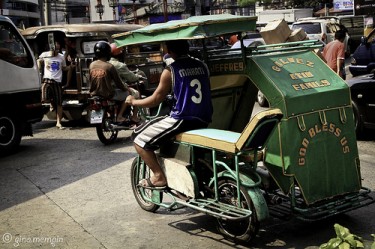
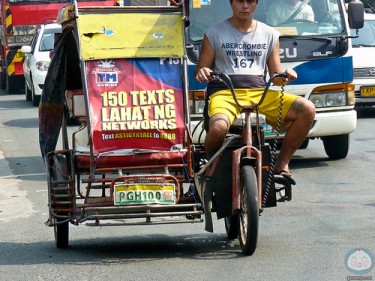
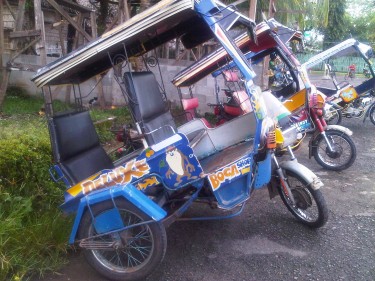 E-Tuktuks whose spare parts were made in Thailand will arrive in Europe soon. Meanwhile, E-Trikes were launched
last year in the Philippines. They use lithium ion batteries, commonly
used in laptop computers and mobile phones. Below is an E-Trike in Davao City in southern Philippines which is being promoted to reduce use of fossil fuels:
E-Tuktuks whose spare parts were made in Thailand will arrive in Europe soon. Meanwhile, E-Trikes were launched
last year in the Philippines. They use lithium ion batteries, commonly
used in laptop computers and mobile phones. Below is an E-Trike in Davao City in southern Philippines which is being promoted to reduce use of fossil fuels:
Jan Shim rode a Beca or rickshaw when he toured Penang, Malaysia:
Written by Mong PalatinoGlobal Voices

Kuliglig or motorized pedicabs in Manila. Photo from Flickr page of gino.mempin used under CC License

Manila
City government wants Kuligligs removed from the streets. Photo from
the Flickr page of Siopao Master used under CC License

Engineered trike to adopt to the hilly terrain of Pagadian, Philippines. Photo by author
Jan Shim rode a Beca or rickshaw when he toured Penang, Malaysia:
THERE are many ways to see Penang, and one of the more interesting manners would be on a trishaw. Also known locally as the beca or rickshaw, it is a quaint mode of transport that ferries passengers through the streets of Penang at a leisurely pace. In Malaysia, pedestrian-pulled rickshaws were gradually replaced by cycle rickshaws (beca in Malay). Cycle rickshaws were ubiquitous up to the 1970s in cities. Since then, rapid urbanization has increased demand for more efficient public transport, resulting in dwindling cycle rickshaw numbers. Today, cycle rickshaws are operated mostly as a tourist attraction, with small numbers operating in Malacca, Penang, Kelantan and Terengganu.M-Explorer writes about the Pedicab Siantar, an antique motorcycle in the city of Siantar in Indonesia. Edwin describes the unique pedicab designs in Indonesia. Enchanting Eden notes that Becaks are being replaced by modern vehicles:
Becaks are fast becoming a rare breed, as City Governments across the Archipelago ban them for their antiquated and inhumane nature, replacing them with motorized versions trikes similar to Thailand’s tuk -tuks. It’s ironic to think that while this is happening in Indonesia, the rest of the world, especially in the progressive countries who are pursuing anything labelled “green alternative everything” are re-introducing pedicabs in one form or another.
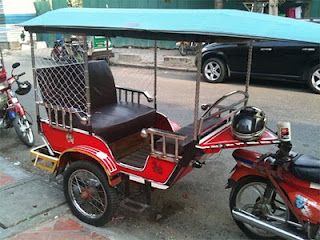

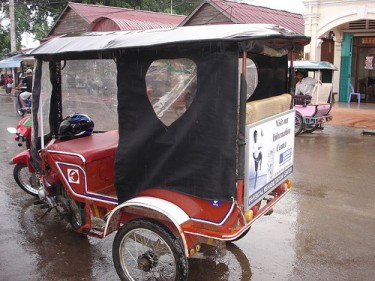
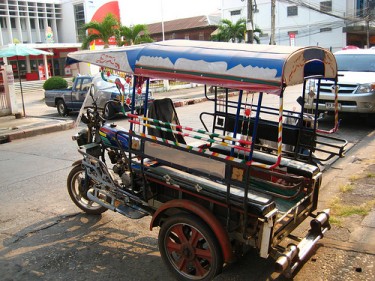
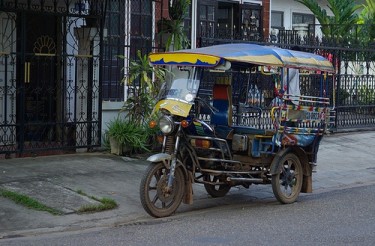
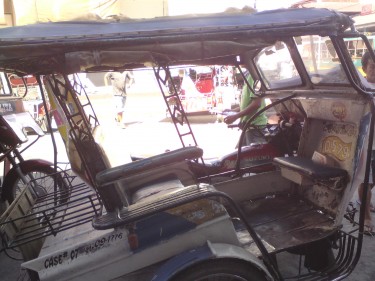
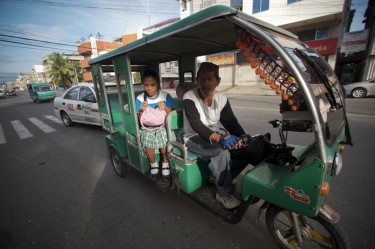
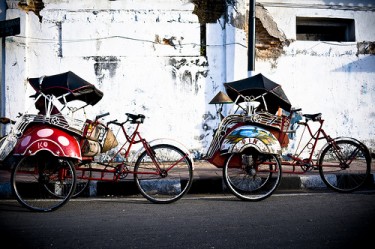
No comments:
Post a Comment